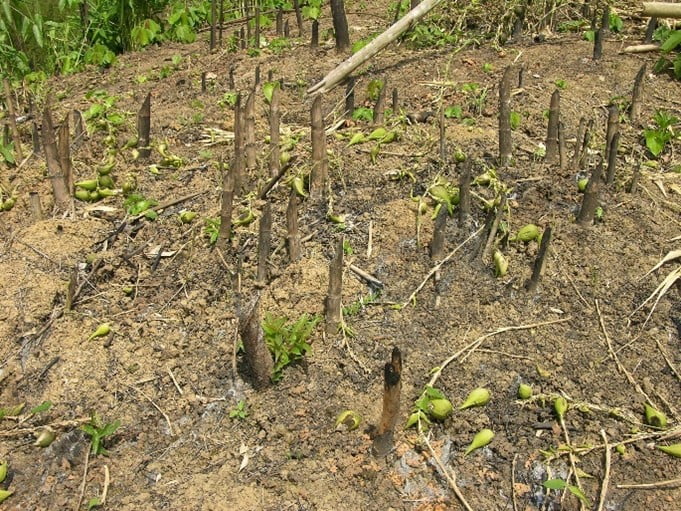Science and Technology
Context: Melocanna Baccifera, a tropical bamboo species, has long intrigued researchers for its association with the occurrence of ‘bamboo death,’ ‘rat floods’ and famines in northeast India.
About Melocanna Baccifera:


- Melocanna Baccifera is an evergreen bamboo with an elongated rhizome that produces single culms arising at a distance of about 60 cm apart and reaching a height of 10 – 20 metres.
- The thin-walled culms have a diameter of 50 – 90mm, with internodes 30 – 60cm long. It is an aggressive bamboo, easily occupying large open areas, due to its vigorous long rhizomes and, when fruiting, due to its easily germinating fruits.
- One of the most useful bamboos within its native range, especially in Bangladesh, it provides edible shoots, medicine and culms that have a wide range of uses.
- The plant is also grown as an ornamental purposes.
Cultivation of Melocanna Baccifera:
- A plant of the moist tropics. It grows best in areas where the mean annual temperature falls within the range 20 – 33°c, though it can tolerate 15 – 38°c.
- It prefers a mean annual rainfall in the range 2,000 – 3,000mm, tolerating 600 – 4,400mm.
- Succeeds in moist soils, preferring a fertile medium to heavy soil.
- Young shoots are harvested in the rainy season. Culms are considered mature when 2 years old.
- The average green culm yield is estimated at 12,000 culms/ha per 3 years, weighing about 84 tonnes.
- Bamboos have an interesting method of growth. Each plant produces a number of new stems annually – these stems grow to their maximum height in their first year of growth, subsequent growth in the stem being limited to the production of new side branches and leaves.
- Bamboos in general are usually monocarpic, living for many years before flowering, then flowering and seeding profusely for a period of 1 – 3 years before usually dying.
- The plant flowers gregariously, with a flowering cycle of 30 – 45 years. In the season before flowering no new shoots are produced. Flowering may continue for about 10 years over a tract that is sometimes called a flowering wave.
Uses of Melocanna Baccifera:
Edible Uses:
- Young shoots – cooked
- The shoots are also sliced and dried in the sun for preservation
- The remarkable large fruits are fleshy and edible
- They are used as a famine food
- The leaves may be used in brewing liquor
Medicinal Uses:
- Tabashir, which is a siliceous concretion found in the culms of the bamboo stem, can be collected from the culms.
- It is used as a tonic in treating respiratory diseases.
Other Uses:
- The culms are widely used in house building; to make woven wares such as baskets, mats, handicrafts, wall plates, screens and hats; and for domestic utensils
- The culms are an important source of superior paper pulp
Source: The Hindu
Previous Year Question
Q.1) Among the following crops, which one is the most important anthropogenic source of both methane and nitrous oxide ? (2022)
- Cotton
- Rice
- Sugarcane
- Wheat
Q.2) With reference to “Gucchi” sometimes mentioned in the news, consider the following statements:
- It is a fungus.
- It grows in some Himalayan Forest areas.
- It is commercially cultivated in the Himalayan foothills of north-eastern India.
Which of the statements given above is/are correct? (2022)
- 1 only
- 3 only
- 1 and 2
- 2 and 3














